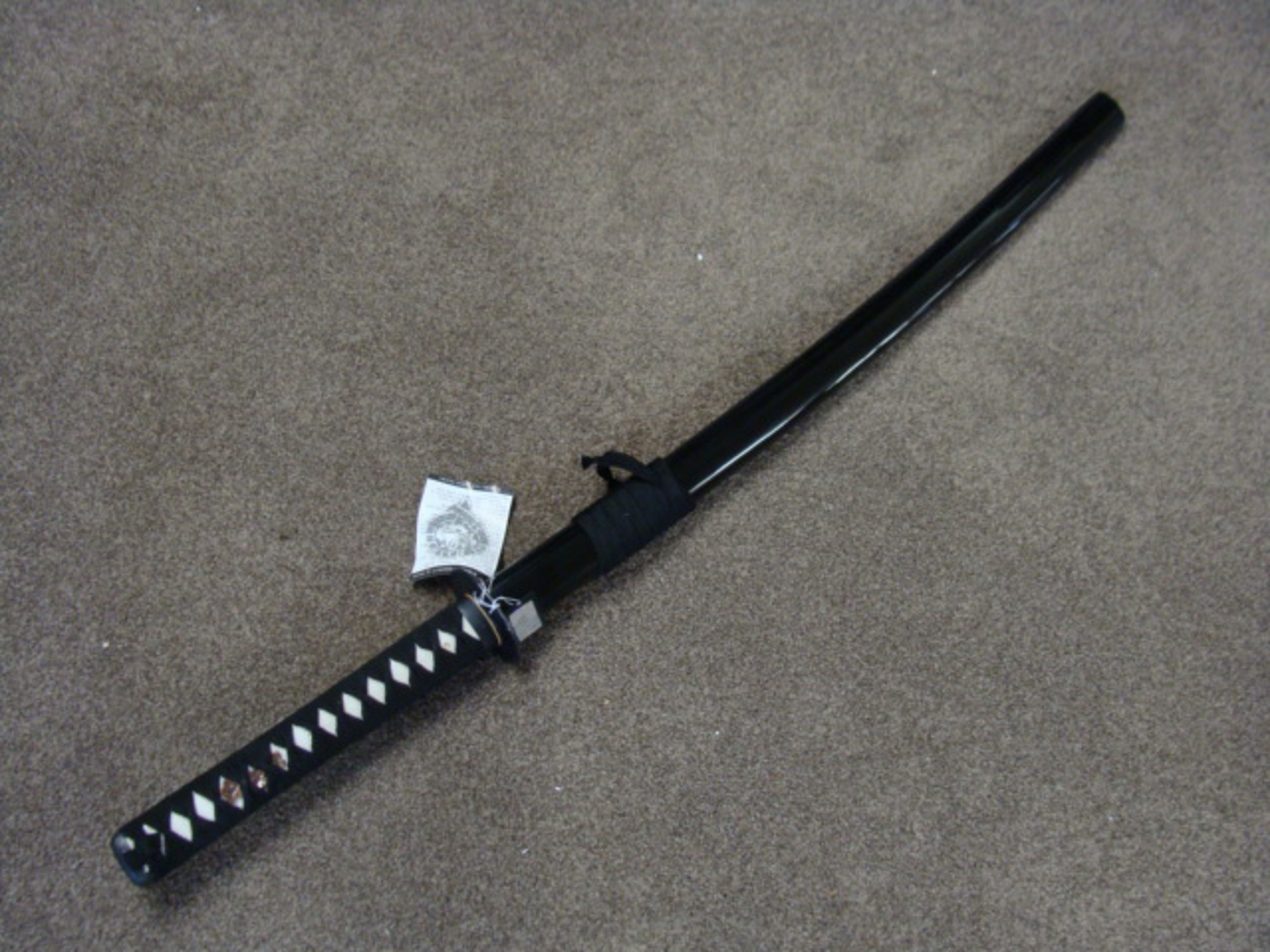The art of katana crafting stands as a demonstration of the rich cultural legacy and careful craftsmanship established in Japanese tradition. For a really long time, the katana sword, a distinctive and famous Japanese blade, has been venerated for its destructive viability in fighting as well as for the unmatched expertise and accuracy involved in its creation.
Materials: The Essence of the Blade:
The crafting system of a katana begins with the cautious determination of materials, with an essential spotlight on the steel utilized for the blade. The selection of materials is a critical viewpoint, as it influences the general exhibition and esthetic characteristics of the katana.
Forging: Melding Strength and Sharpness:
The forging system is a sign of katana sword craftsmanship, involving the continued heating, folding, and hammering of the steel. The cautious control of temperature and strain during forging is an expertise that has been passed down through the ages, ensuring that each katana shows an agreeable equilibrium between strength and sharpness.
Quenching: The Art of Transformation

Following forging, the blade goes through an exact quenching process. The blade is warmed to a basic temperature and then quickly cooled to instill hardness. How the blade is extinguished, often in water or oil, adds to its unique qualities, including the popular hamon, a noticeable line shaped by the differential hardening of the edge and spine.
Hilt and Fittings: Artistic Expression:
The hilt and fittings of a katana open doors to artistic expression. Experts often incorporate intricate plans using materials, for example, rayskin, silk string, and beautifying metal fittings. The combination of useful accuracy and artistic embellishments brings about a hilt that supplements the general esthetic congruity of the katana.
Cultural Significance: Beyond the Blade
A katana is more than a weapon; it is an image of Japanese culture, honor, and craftsmanship. The crafting of a katana typifies extremely old traditions, where each move toward the interaction is an impression of the artisan’s devotion flawlessly. The katana’s cultural significance reaches out beyond its capability, representing the soul and soul of the samurai hero.
Katana crafting is an immortal art that rises above age, preserving the essence of Japanese tradition and craftsmanship. Each katana is a one-of-a-kind work of art that tells a story of accuracy, devotion, and cultural significance thanks to the skilled hands of artisans who forge them in the furnace of tradition. As these venerated blades continue to enamor devotees around the world, the art of katana crafting remains a living demonstration of the enduring tradition of Japanese swordsmiths and the unrivaled charm of these notable blades.

